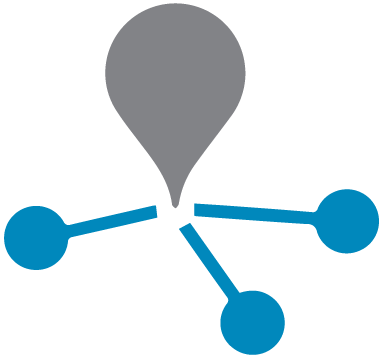Giganticore Offers a Solutions For All Your Data
Giganticore offers a number of key solutions for challenging data
sources and challenging data problems like data access, migration, data quality, staging
and ETL. Giganticore provides data solutions for both business and IT professionals that
support direct access, analysis, and conversion of data from a wide variety of data
sources and data types, including the most complex legacy and mainframe file
structures.

Data Access
Giganticore offers a number of key solutions for challenging data
sources and challenging data problems like data access, migration, data quality, staging
and ETL. Giganticore provides data solutions for both business and IT professionals that
support direct access, analysis, and conversion of data from a wide variety of data
sources and data types, including the most complex legacy and mainframe file
structures.
Two Main Data Access Capabilities offered by Giganticore:
1. Access and analyze data
With Giganticore users can work with a wide range of staged or live access data
sources. Using only Analyzer desktop, most data sources, even non-native pc sources
like IBM mainframe, Unisys and DEC can be read and analyzed. When Analyzer is used
with the Server components (Windows, Mainframe & AS/400), the capabilities to
directly access native sources are opened up.
2. Integrate data into your desktop and web applications
Giganticore provides your Windows, web, and server applications with ODBC connectivity
to all of your relational and non-relational data sources, significantly lowering the
cost of fully utilizing all of your organizational data.
Get direct, real-time access to all your corporate data sources, including mainframe sources such as: Adabas, DB2, IMS, ISAM, QSAM, VSAM, and other complex files (i.e., virtually any data file in table format). You can also access your SAP data, Internet-based sources, as well as data stored in other environments, so that all of your data is presented in a unified environment.
Get direct, real-time access to all your corporate data sources, including mainframe sources such as: Adabas, DB2, IMS, ISAM, QSAM, VSAM, and other complex files (i.e., virtually any data file in table format). You can also access your SAP data, Internet-based sources, as well as data stored in other environments, so that all of your data is presented in a unified environment.

Data Migration
Data migration projects come with many challenges and risks that often result in
unexpectedly high outlays for acquisition, support infrastructure, and qualified
personnel. Giganicore helps you avoid the costs, delays, and risks typically associated
with legacy data migration projects. Giganicore Migrate uses a data-driven methodology
that reduces both the costs and risks associated with the design and development of
legacy data migration projects.
Migrate queries the source data directly, with no ETL programming required. Its
read-only approach has two main benefits:
1. Migrate uses real source data, rather
than test data, allowing users to identify and quantify data quality issues at the
outset
2. Migrate cannot alter the source data,
so the integrity of the underlying data is maintained
The technology behind GIGANICORE Migrate has been used for over 20 years by medium and
large organizations to access and convert all types of complex legacy data sources.
These purpose-built capabilities allow you to convert source data to the target system’s
requirements efficiently and economically.

Data Quality
Whether it is part of one-time project or an on-going data assurance program, Arbutus
puts sophisticated data quality analysis into easy reach of any organization with
GIGANICORE Data Quality.
- Easy to apply to nearly any data quality analysis task.
- Quickly and easily design and execute data quality analysis jobs
- Costs far less than alternative solutions
- Comprehensive data access making it easy to connect to and read from any file format or database
With GIGANICORE Data Quality, the benefits of powerful data quality discovery, profiling
and cleansing can be realized by most organizations almost immediately. Built-in,
intuitive profiling and commands make it fast and simple to perform sophisticated data
quality analysis on data stored in databases, and other sources.
GIGANICORE Data Quality solutions allows you to:
- Perform statistical analyses on your data ranging from simple categorical analysis, to analysis of text and numeric fields, to sophisticated frequency distribution profiling.
- Identify duplicate and near-duplicate records.
- Pattern-based analysis. Validate your data against customized patterns that you create.
- Statistical profiling. Quickly generate statistics on blank fields, null values, duplicates, unique values, the most and least frequent values, and much more.
- Textual analysis. Develop profiles of text fields
- Numeric analysis. Analyze numeric fields to determine means and ranges.
- Quickly standardize, de-duplicate, and enhance your existing data

